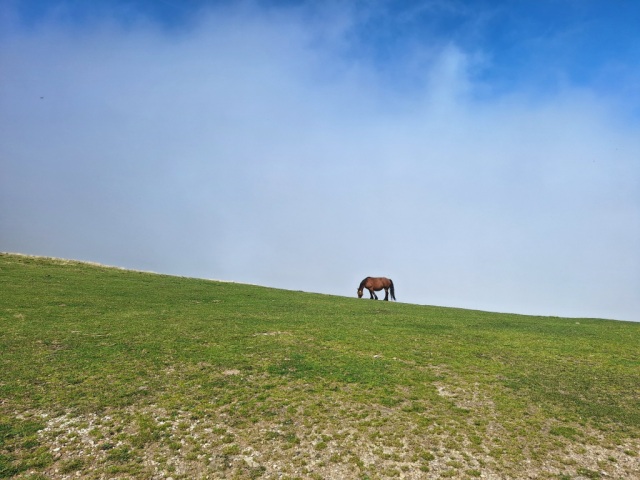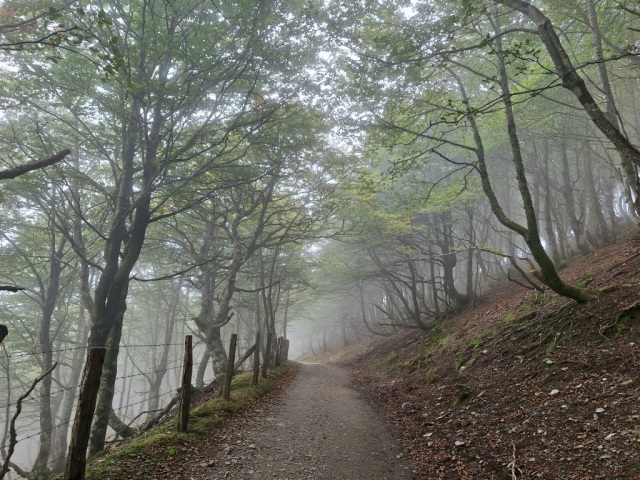I’ve hiked enough for the time being; I wouldn’t wish to walk further even if time were available. Some people have greater energy and enthusiasm; the ones who started in Le Puy and are continuing as far as Santiago (1,500 or so kilometers); the young woman who I encountered running along at 40+ kilometers per day; the older woman who has logged up 12,000 kilometers of solo-hiking in the last few years despite a rare illness that requires her to return to Amsterdam for a medical procedure every seven weeks. For some of these modern parivrajakas, the trail is home.
During the remaining days of my adventure, I’m esconced at a friend’s house north of Logorño. A comfy cabin nestled between fruit trees, completely off-grid, with electricity from the sun, water from the winter rains, a septic tank for sewage, internet via cellular – a quarter hour’s walk to the nearest tiny village which itself lacks shops or other amenities. Here alone and enjoying the peace of the Basque countryside.







